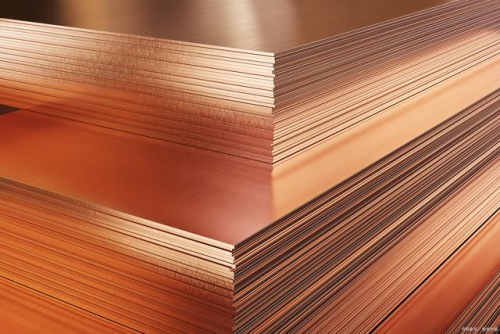
Copper alloy materials are widely used in electronics, electrical and mechanical engineering due to their excellent electrical conductivity, thermal conductivity and corrosion resistance, especially in the manufacture of connectors. However, during the processing and heat treatment of copper alloy materials, residual stress is often formed, which has a significant impact on the performance and life of the connector.
How residual stress is generated
- Hot and cold processing
During the hot and cold processing of copper alloys, such as cold drawing, bending, cutting, rolling, etc., residual stress will be generated inside the material due to uneven plastic deformation. These stresses will remain in the material after processing, forming residual stress.
- Heat treatment process
Heat treatment processes such as quenching and tempering can also lead to redistribution of internal stress in copper alloys. During the quenching process, the rapid cooling of the material causes phase change in the internal structure, thereby generating phase change stress and thermal stress. These stresses may not be completely eliminated after the heat treatment, forming residual stress.
- Phase change stress
Inhomogeneity of structure During the manufacturing process of copper alloys, due to factors such as component segregation and uneven grain size, the internal structure of the material will be uneven. This unevenness will lead to inconsistent deformation of each part when subjected to force, thereby generating residual stress.
- External load
In some cases, copper alloys are subjected to external loads during manufacturing or use. When these external loads are removed, residual stress will be generated inside the material because the elastic or plastic deformation of the material cannot be fully recovered.
Impact on connector life
- Reduce strength and durability
Residual stress causes stress concentrations within the connector, reducing the overall strength and durability of the connector. During long-term use, these stress concentration areas are more prone to fatigue damage, accelerating the failure of the connector.
- Promote crack expansion
Residual stress can promote the growth of tiny cracks inside the connector. Under the combined action of external loads and residual stress, cracks will rapidly propagate, eventually leading to connector failure. Especially under severe working conditions such as high-frequency vibration and temperature changes, this effect is more significant.
- Affects stability and reliability
Residual stress can leave the connector in an unstable state, increasing the risk of deformation and cracking during use. This will not only affect the geometric shape and dimensional accuracy of the connector, but also reduce its overall stability and reliability, thus affecting the normal operation of the entire system.
Methods to reduce residual stress
- Heat treatment
Heat treatment is one of the effective means to reduce residual stress. Through appropriate heat treatment processes, such as annealing and aging treatment, the residual stress inside the material can be released and the stability and durability of the connector can be improved.
- Machining
Removing the surface layer of the material by means of trimming, grinding, etc. can effectively reduce or eliminate residual stress and improve the surface quality of the material.
- Leveling
The copper alloy is leveled by mechanical means. Using precision leveling equipment to level copper alloy plates and strips can directly change the shape of the material, thereby releasing and reducing residual stress.
- Quality Control and Monitoring
Strengthening the quality control and monitoring of copper alloys during the manufacturing process and timely discovering and dealing with potential quality problems are important means to reduce the generation of residual stress. By establishing a sound quality management system, we can ensure that each manufacturing link meets the standard requirements, thereby improving the overall quality and life of the material.
The residual stress of copper alloy materials has an important impact on the life of the connector. In order to extend the service life of the connector, it is necessary to pay attention to the generation and influence of residual stress, and effectively reduce the generation of residual stress and improve the stability and reliability of the connector by optimizing the process, using advanced detection methods and strengthening quality control. Only in this way can we ensure that the connector can still maintain good performance and service life under harsh working conditions.










